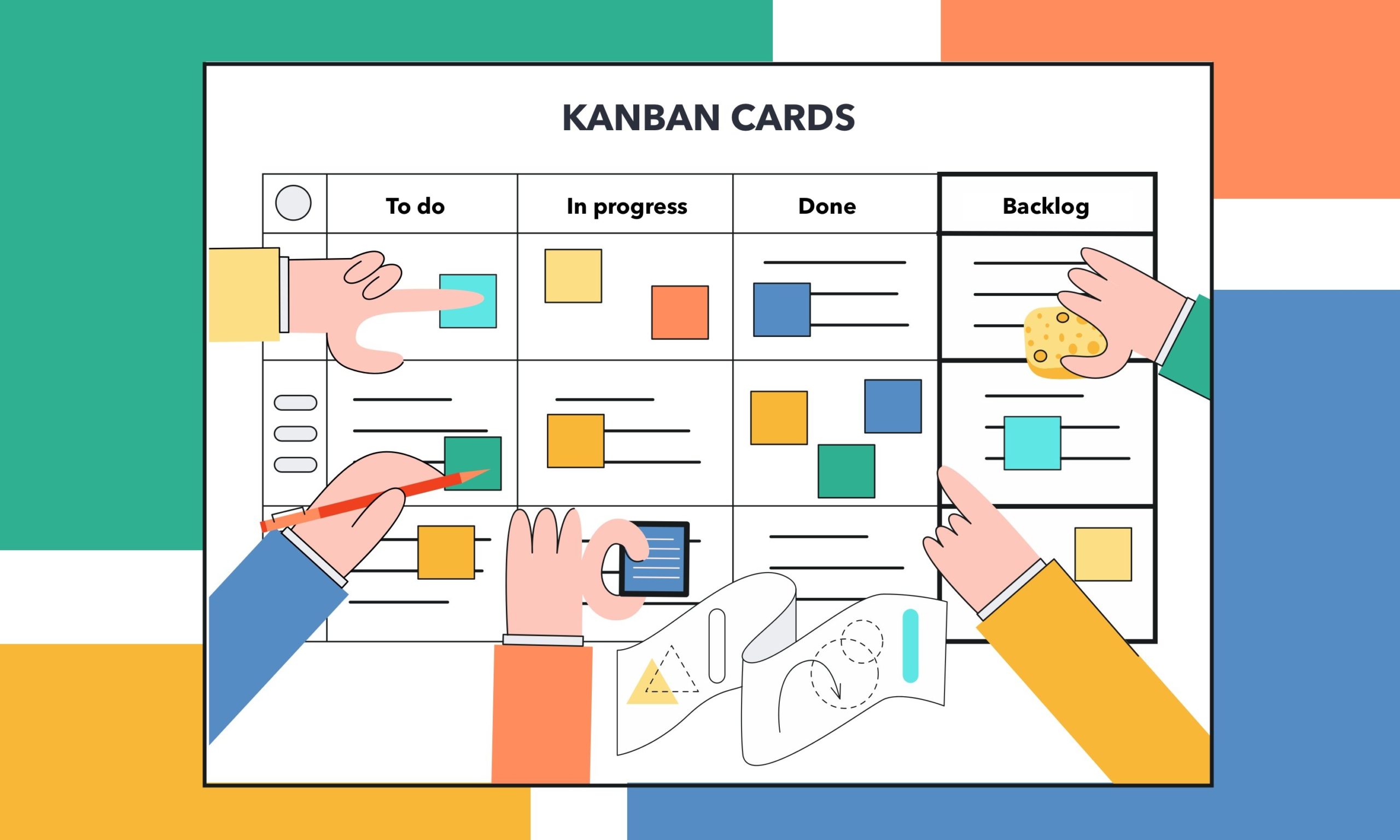Do you often find yourself struggling to stay focused and productive at work or while studying? Do you find yourself procrastinating and getting distracted by social media, emails, or other tasks? If so, the Pomodoro Technique may be just the time management strategy you need to improve your productivity and achieve your goals.
What is the Pomodoro Technique?
The Pomodoro Technique is a time management strategy that was developed in the late 1980s by Francesco Cirillo, an Italian entrepreneur and productivity consultant. The word “Pomodoro” is Italian for “tomato.” As a student, Francesco Cirillo struggled to stay focused and manage his time effectively. He found that a kitchen timer shaped like a tomato helped him break his work into manageable intervals and increase his productivity. The tomato-shaped timer became the inspiration for the name of the technique – the Pomodoro Technique.
The technique involves breaking your workday or study sessions into 25-minute intervals, called Pomodoros, followed by 5-minute breaks. After completing four Pomodoros, you take a longer break of 15-20 minutes.
The Pomodoro Technique is based on the idea that by working in focused, concentrated bursts, you can improve your productivity, avoid burnout, and stay motivated throughout the day. The technique is simple to implement and can be used by anyone, regardless of their profession or workload.
How to Use the Pomodoro Technique
Here’s how you can start using the Pomodoro Technique to improve your productivity:
Set a Goal: Start by setting a specific goal for your work or study session. This could be anything from completing a specific task or project to studying for a certain amount of time.
Set a Timer: Set a timer for 25 minutes and start working on your goal. During this time, avoid all distractions and focus solely on your task.
Take a Break: When the timer goes off, take a 5-minute break. Use this time to stretch, walk around, or do something else that relaxes your mind and body.
Repeat: Repeat steps 2-3 four times to complete a full Pomodoro cycle. After completing four Pomodoros, take a longer break of 15-20 minutes.
Track Your Progress: Use a Pomodoro tracker to keep track of your progress and stay motivated. There are many free apps and websites available that can help you track your Pomodoros and measure your productivity.
Benefits of the Pomodoro Technique
The Pomodoro Technique has several benefits, including:
Improved Focus: By working in focused, 25-minute intervals, you can avoid distractions and stay focused on your task.
Increased Productivity: The Pomodoro Technique can help you get more done in less time, making you more productive overall.
Reduced Procrastination: When you have a specific goal and a timer set, it’s easier to avoid procrastination and get started on your work.
Less Burnout: Taking regular breaks can help you avoid burnout and stay motivated throughout the day.
Better Time Management: The Pomodoro Technique can help you manage your time more effectively, making it easier to balance work and other responsibilities.
In conclusion, the Pomodoro Technique is a simple yet powerful time management strategy that can help you boost your productivity, avoid burnout, and achieve your goals. By breaking your workday or study sessions into 25-minute intervals and taking regular breaks, you can improve your focus, reduce procrastination, and get more done in less time. So why not give the Pomodoro Technique a try today and see how it can transform your productivity and time management skills?
Here is an example of a typical workday schedule for a manager using the Pomodoro Technique:
| Time | Activity | Pomodoro | Break |
|---|---|---|---|
| 8:00am | Check and respond to urgent emails | 1 Pomodoro (25 minutes) | 5 minutes |
| 8:30am | Attend daily team meeting | N/A | N/A |
| 9:00am | Work on project report | 1 Pomodoro (25 minutes) | 5 minutes |
| 9:30am | Check in with team members and provide feedback | 1 Pomodoro (25 minutes) | 5 minutes |
| 10:00am | Attend client meeting | N/A | N/A |
| 11:00am | Work on budget planning | 1 Pomodoro (25 minutes) | 5 minutes |
| 11:30am | Respond to non-urgent emails | 1 Pomodoro (25 minutes) | 5 minutes |
| 12:00pm | Lunch break | N/A | 30 minutes |
| 1:00pm | Work on project proposal | 1 Pomodoro (25 minutes) | 5 minutes |
| 1:30pm | Check in with team members and provide feedback | 1 Pomodoro (25 minutes) | 5 minutes |
| 2:00pm | Attend vendor meeting | N/A | N/A |
| 3:00pm | Review team performance metrics | 1 Pomodoro (25 minutes) | 5 minutes |
| 3:30pm | Follow up on action items from meetings | 1 Pomodoro (25 minutes) | 5 minutes |
| 4:00pm | Work on personal development plan | 1 Pomodoro (25 minutes) | 5 minutes |
| 4:30pm | Wrap up loose ends and prepare for tomorrow | 1 Pomodoro (25 minutes) | 5 minutes |
Of course, this is just an example and a manager’s daily schedule can vary greatly depending on their specific role and responsibilities. However, using the Pomodoro Technique can help ensure that important tasks are completed in a focused and efficient manner, while also allowing for breaks to prevent burnout and maintain energy levels throughout the day.



